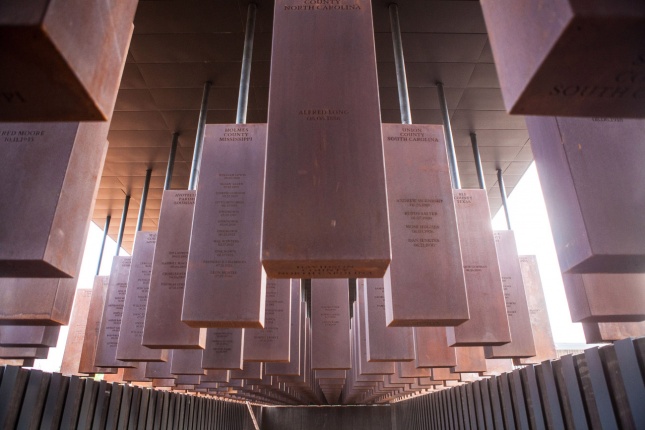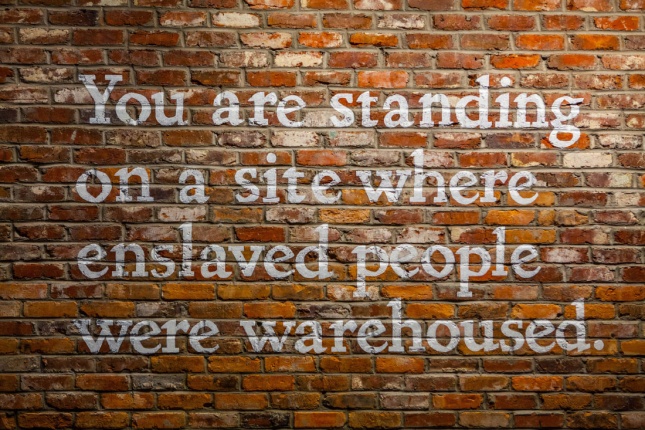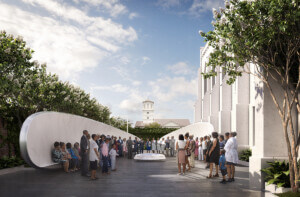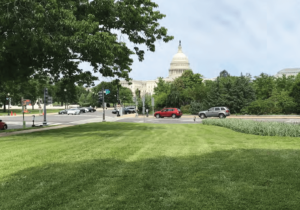On April 26, the National Memorial for Peace and Justice, the first memorial in the U.S. dedicated to African American victims of lynching and continued discrimination, will open to the public in Montgomery, Alabama. The memorial, designed by Boston-based MASS Design Group, will open in tandem alongside The Legacy Museum: From Enslavement to Mass Incarceration, also located in Montgomery, which will chart the history of African American segregation from slavery to the present day.
Both projects stem from the Equal Justice Initiative (EJI), a nonprofit group that works to right racial injustices, advocates for those in racially or economically segregated communities, and provides legal representation for the illegally arrested or abused.

The memorial itself, located in the middle of six acres of hilltop in Montgomery, is a square-shaped, open-air pavilion dedicated to the more than 4,400 victims of lynching in America. Their names are inscribed across over 800 six-foot-tall, rectangular columns wrapped in Corten steel and hung from the ceiling of the memorial. Each of the columns represents a county where the lynchings listed took place, and replicas of each are located outside of the pavilion for their respective counties to come and claim; the columns left behind are meant to be a public reminder of which county has failed to engage with the memorial.

Visitors just outside of the pavilion’s entrance will be confronted by a sculpture from Ghanian artist Kwame Akoto-Bamfo of a mother in chains, crying out while cradling a baby under her arm. A sculpture by Dana King dedicated to the women who kept the Montgomery Bus Boycott alive will also be located near the “town square” memorial.
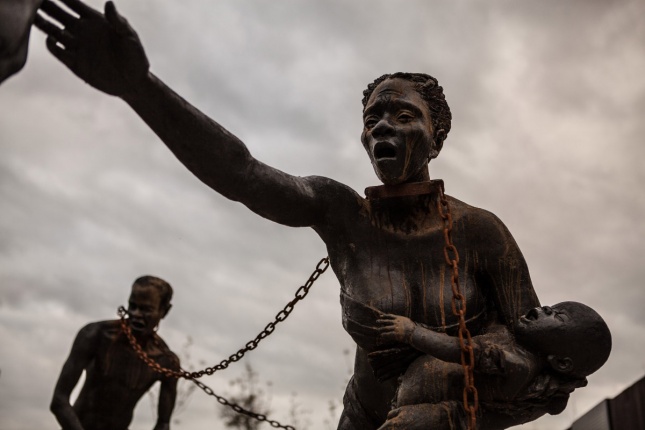
“Our nation’s history of racial injustice casts a shadow across the American landscape,” said EJI Director Bryan Stevenson. “This shadow cannot be lifted until we shine the light of truth on the destructive violence that shaped our nation, traumatized people of color, and compromised our commitment to the rule of law and to equal justice.”
The Legacy Museum is only a 15-minute walk from the memorial, and the two-story, 11,000-square-foot brick building sits on a site that had historically been used to warehouse slaves. Inside, the museum will use videos, photography, and research materials to introduce visitors to first-hand accounts of the domestic slave trade. From there, sculptures from Titus Kaphar and Sanford Biggers, among other mixed-media works and photographs, will paint a portrait of life under enforced segregation in the Jim Crow South. Through a range of mediums including animation and paintings, the museum hopes to create a full timeline of racial segregation in America.
According to the EJI, design and artistic partners for the museum also include Local Projects, Tim Lewis and TALA, Molly Crabapple, Orchid Création, Stink Studios, Human Pictures, HBO, and Google.
The April 26 opening ceremony will be followed by several days of panels, presentations, and concerts at the museum.






